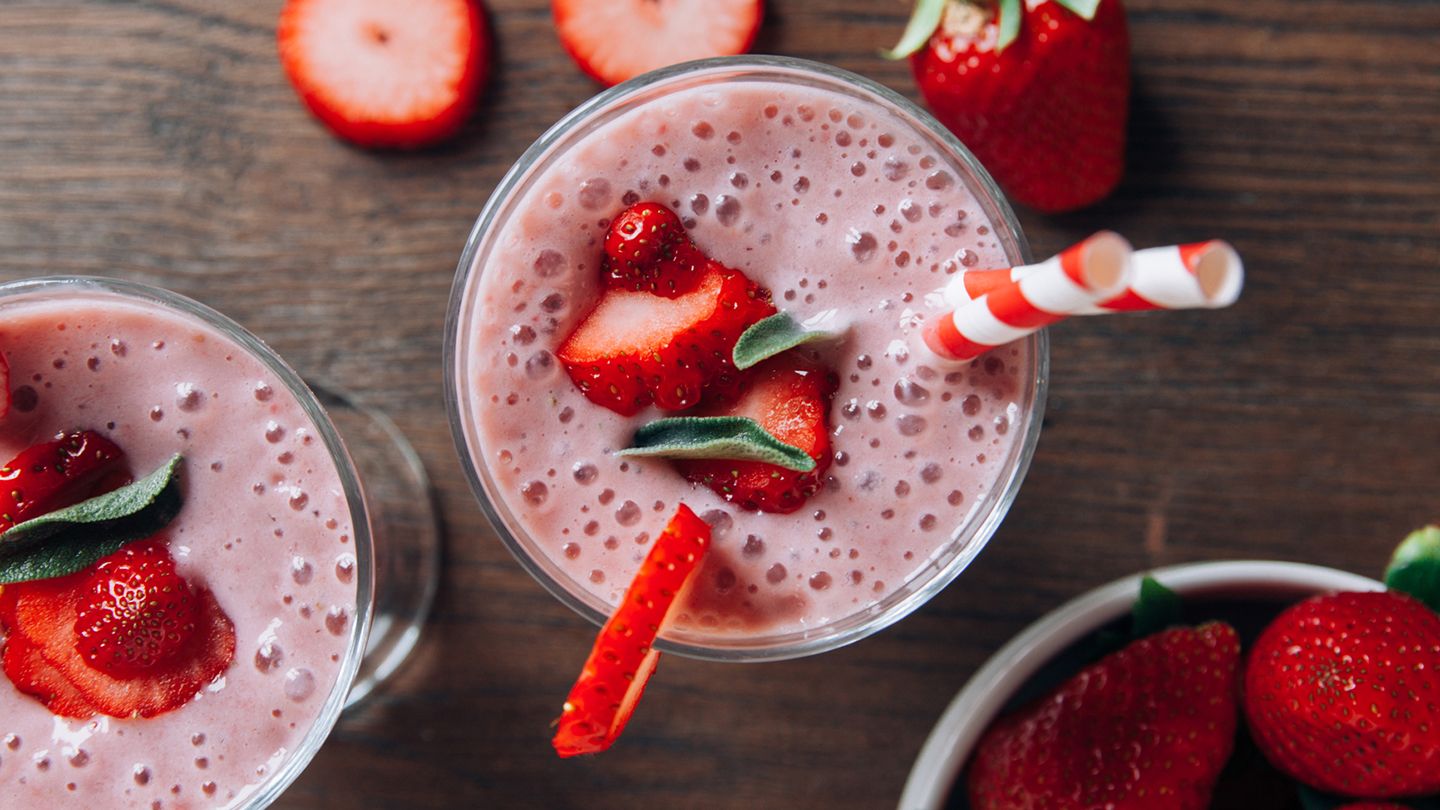4. Pay attention to what you drink. You probably know that regular soda, juice, and fruit punch are loaded with sugar, but sports drinks, energy drinks, and bottled tea can also raise blood glucose. Plus, these sugary drinks often contain more than 100 calories in just one serving. For example, one 12 ounce (oz) can of regular soda has around 150 calories, while fruit juice has nearly 200 calories per 12 oz serving. Sipped throughout the day, these beverages can significantly increase your calorie intake and contribute to weight gain.
Healthier options to help you stay hydrated while still giving your taste buds a treat include seltzer water with slices of lemon or lime or water infused with fruit, says Veronica Brady, PhD, RN, an advanced practice registered nurse at MD Anderson Cancer Center and an assistant professor of nursing at the University of Texas Health Science Center in Houston.
Rather than selecting sugar-sweetened yogurts, opt for plain or Greek yogurt instead. You can flavor them with fresh berries, which are also high in fiber.
6. Focus on fruit. Not only is fruit delicious enough to satisfy your sweet tooth, but it has the bonus of being healthier, compared with processed sweets, Smith says. It has fewer carbs and no added sugar, and it’s rich in fiber. This is helpful because it takes longer to digest and is less likely to cause a rapid rise in blood sugar, she adds.
That said, it’s still important to watch portion sizes and sugar content when eating fruit. If you’re making a smoothie, for instance, you’ll want to stick to about 4 to 6 oz rather than drinking a giant tumbler of it, notes Dr. Brady. And if you’re snacking on dried fruit or using it in a recipe, make sure you take into account how much sugar or carbs it contains: Just 2 tablespoons of raisins or dried cherries can contain as many as 15 grams of carbs.
Some great ways to enjoy fruit:
- Freeze grapes, dark sweet cherries, or berries to snack on for a refreshing and tasty treat.
- Make a smoothie with flaxseed for an extra boost of fiber and omega-3 fatty acids. (And freeze some to make ice pops.)
- Freeze bananas. (You can even slice and dip them in chocolate before freezing.)
- Make your own ice cream using frozen bananas.
7. Pick something you really like. Rather than settling for something that you might not like as much just because it’s labeled low sugar, eat smaller portions of something you love, Lau says. If you eat exactly what you prefer, you’ll feel more satisfied with less, whereas the “diabetes-friendly” version may prompt you to eat more than you should.
One great way to have portion-controlled sweets on hand is to freeze bite-size Halloween candies, she adds. “Eat one of these slowly for a treat.”
8. Practice mindful eating. Split a piece of cake with a friend, or have half of a large cookie. “Try to stick to two or three bites, and practice mindfulness about what you’re eating,” Ross says. The first few bites are often what you enjoy most, she adds.
Really think about the flavors and textures of the food, and try to do so without distractions like the TV. Mindful eating is all about thinking about how a particular food tastes rather than how much of it you’re consuming.
The next time you take a bite of a treat, try this: “Eat more slowly, think about what you’re eating, and savor the taste,” Brady says.
9. Store sweet treats out of sight. Ask family members to be supportive and help you follow your diabetes-friendly eating plan by not eating sweets in front of you or bringing cookies or candy into the house. Store ice cream at the back of the freezer, and don’t put sweets in front or at eye level in the pantry, where you can see them every time you open it, Smith says.
10. Identify your cravings. Are there circumstances where you’re more likely to be tempted? Think about what makes you crave sweets, Smith says. Are you often influenced by a TV show or commercial? Be mindful of activities that might spark a craving, she adds. If you know you’re always tempted when you pass a certain restaurant or billboard, for instance, try to avoid going that way.
11. Don’t be too hard on yourself. “You don’t need to always aim for 100 percent,” Lau says. Instead, she recommends striving to strictly follow your diabetes diet at least 80 percent of the time and allowing yourself the occasional indulgence.
It’s important to know there is no one set diet for diabetes. But there are different eating styles you can try. If you find yourself returning to your old eating habits, try a different eating plan. Consider working with a registered dietitian or a CDCES to help you formulate one that’s right for you.
The Takeaway
- When you have a craving for something sweet, eat a small portion of something you love, such as a bite-size candy bar, rather than a low-sugar, diabetes-friendly alternative. You’ll likely feel more satisfied and avoid overeating the “healthy” alternative.
- It’s easier to prevent blood sugar spikes if you plan sweet treats ahead of time. Consider skipping the bread or other high-carb foods during the meal if you want to enjoy dessert after dinner.
- Try to exchange refined grains and added sugars for whole grains and natural sweeteners like fresh fruit. Foods with sugar substitutes, like stevia, can also help satisfy your sweet tooth without the added sugar or calories.
Read the full article here




